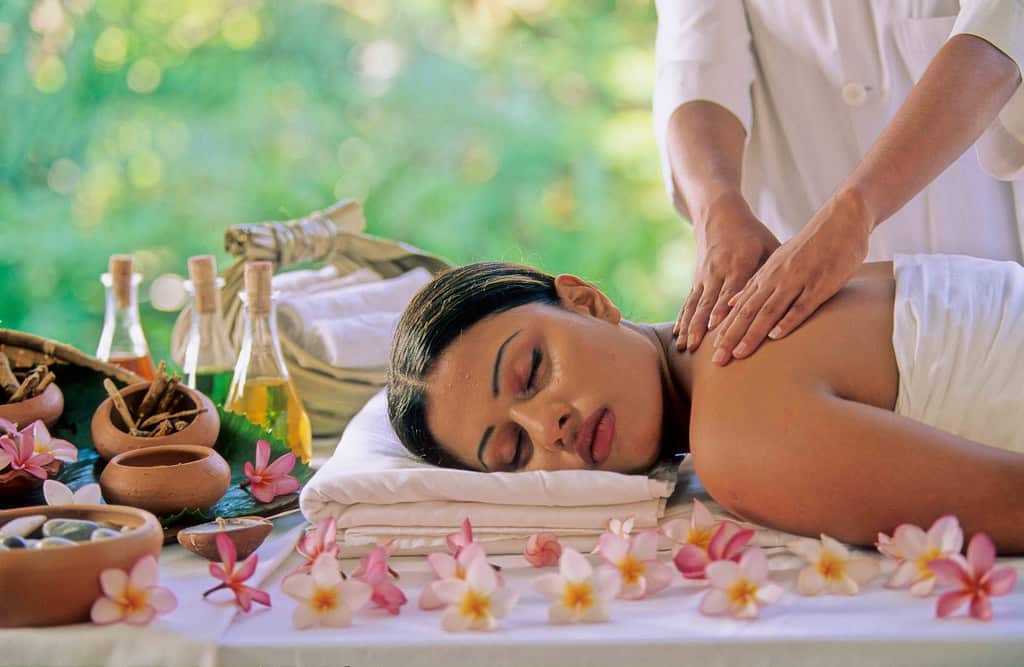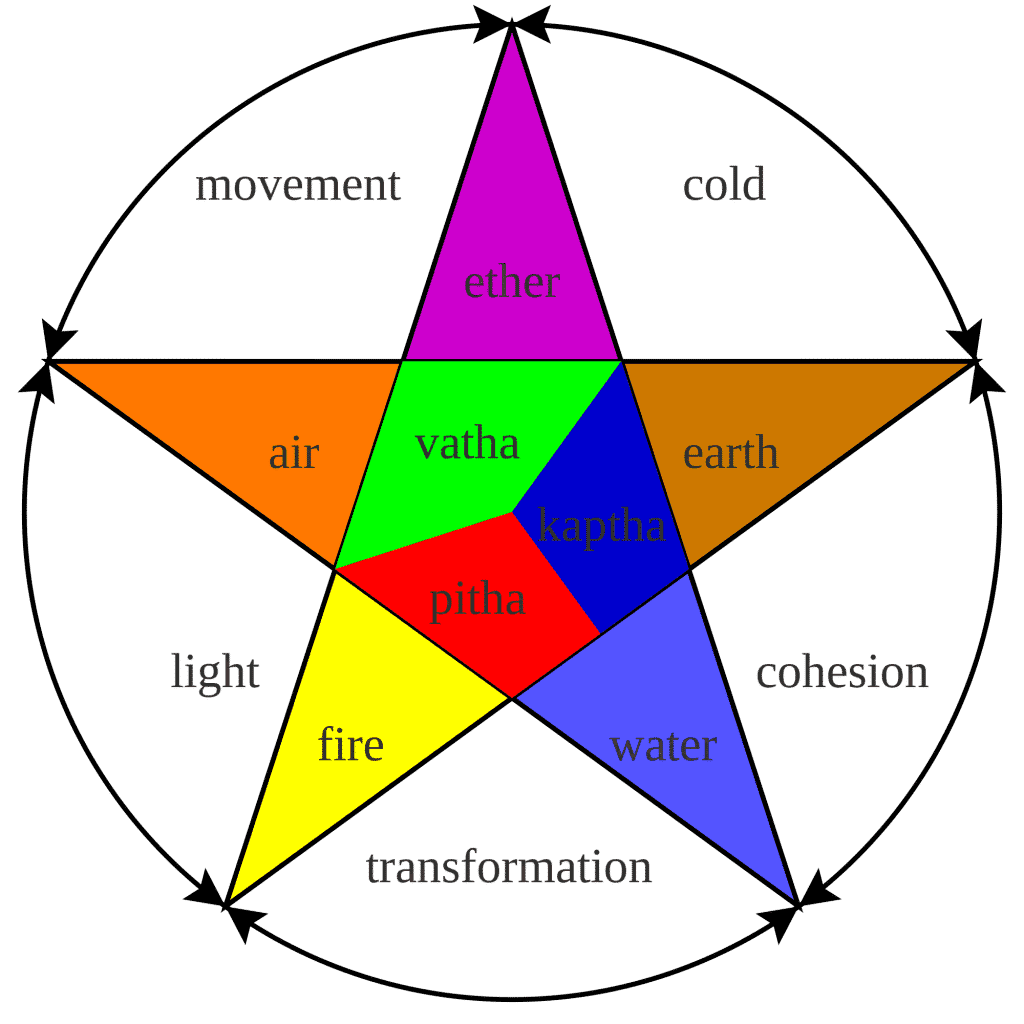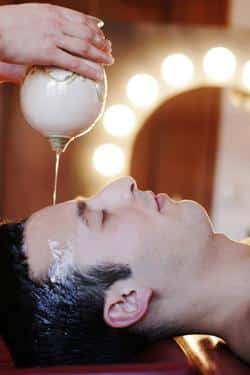Ayurveda is synonymous with India, as a form of alternative medicine. But it’s much more than a modality to treat illness. For those who follow it, ayurveda is a way of life that promotes health and inner balance. It actually derives its meaning from the Sanskrit words of “Ayus” meaning life and “Veda” meaning knowledge. For over 5,000 years, this life knowledge has guided how millions have conducted every aspect of their life, from what they eat to how they relax their mind.
Combining a variety of techniques including yoga, acupuncture, massage and herbal medicine, there isn’t just one solution involved in ayurvedic treatment, but rather a blend of treatments that come together to heal both the body and mind. Ayurvedic treatment looks at the core elements of the world, earth, water, fire, air and space, classifying the body into three different types that are a blend of two of these elements. While everyone is different, the practice believes that one of the three core body types is dominant, providing a basis for treatment that is focused on prevention rather than cure.
The three body types are called Vatha, Pitha and Kaptha.
The Vatha person resembles space and air. They’re quick thinking and physically agile, whereas a Pitha person brings together fire and water in their fiery personality and typically oily skin. Kaptha people combine earth and water, and are typically solid and calm personalities. If you have an ailment, then the practitioner will look at where your body or spirit is out of alignment and seek to bring it back to centre.
While the ayurvedic practitioner will decide the best treatment for you after discussing your specific concerns, there are a few common ayurvedic treatments including:
- Panchakarma – This involves detoxifying the body using 5 different therapies that focus on cleaning the body. It’s an intensive treatment that usually requires monitoring over a period of time, which is why it’s best done as part of a retreat;
- Massage – There are a wide range of massage treatments that are focussed on specific ailments, like the Shirodhara, where herbal oil is poured over the forehead to promote emotional balance. Herbal and medicated oils feature heavily in ayurvedic massage, making it an aromatherapy experience as well;
- Herbal medicines – Ayurvedic doctors may prescribe potions, powders or spices that help treat specific ailments and bring balance to the system;
- Meditation and yoga – Ayurveda is a spiritual experience, with meditation and yoga featuring prominently as a way to bring spiritual alignment to the body and soul.
Generally ayurvedic treatments are part of an ongoing process, rather than discrete sessions, making it well-suited to a live-in retreat environment. There are a wide range of ayurvedic retreats in India that range from specific treatment centres to luxury resorts that relax you while rejuvenating your body and mind.




